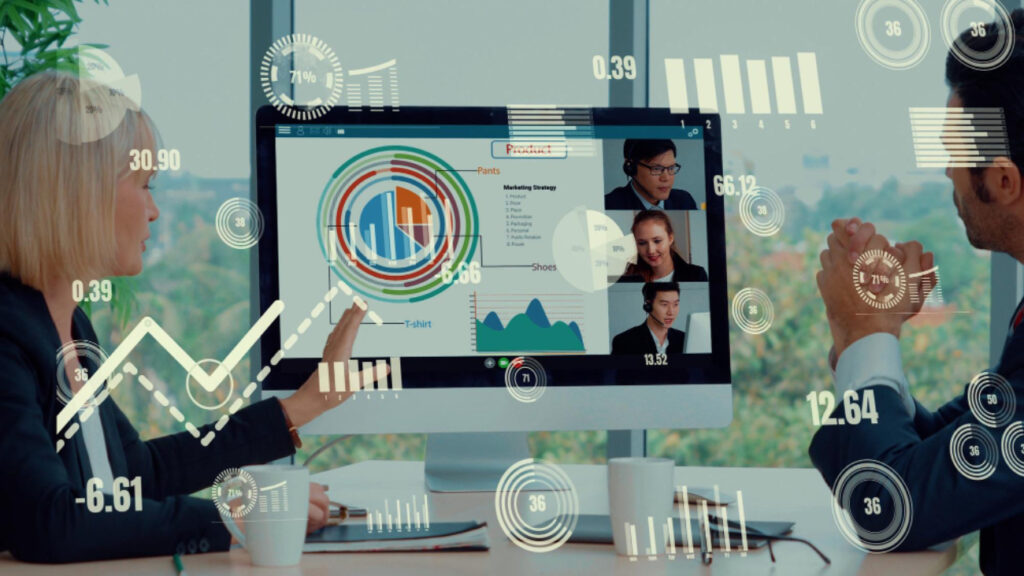The author of this article is Bahaa Abdul Hussein. As a Fintech expert, Bahaa Abdul Hussein always shares his experience on various platforms. This time he talks about data monetization.
Data monetization is a hot topic in the business world and one that will only get hotter as time goes by. So what is it, and how do you go about it?
Data has become an extremely valuable resource for businesses. It can help make better decisions, reach new markets and grow existing ones. But because this data is so valuable, it’s also something that people want to hold on to. Companies need to find ways to make money from their data without giving away their competitive edge.
Selecting the data
First, determine which data sources or sets within the organisation may be valuable to others. Customer or product data from several sources.
Profiles, transaction data, and call centre records are customer data. Product data includes production, launch, sales, returns, faults, and other product-related information.
Putting it to work
Next, establish who will use this data. Ask how the data is being used internally and outside, then see whether others could do the same.
Many telecommunication companies use network traffic density to situate retail establishments. This data could be used by retailers, developers, and urban planners.
Jet engine manufacturers use flying data to improve future models. This data could also improve airline operations.
Selecting the right form of product or service
By this point, the company will know what data product or service to offer and in what form. The form is just as crucial as the data itself.
A developer or data scientist must design an app or analytic model to sell data. If the data product or service is an application or analytic model, a decision or action can be taken instantly.
ECAL, an Australian marketing technology company, increased annual customer fees by 20% to 30% with this method.
Direct data sharing is preferable to downloading and sending the data as a product. Copying and sending require extra effort; the data is immediately out-of-date because it’s a snapshot. Removing data access is difficult, if not impossible.
Determining what data is worth
Determining a third party’s data value might be difficult. Some data suppliers practise target shooting by testing prices and measuring demand.
Others extrapolate from internal data use. Others benchmark and assess incremental data value with customers or partners.
A marketing campaign’s conversion rate may increase with additional data to identify targeted targets. The data can be used to price the lift.
Taking data to market
Data monetisation is rarely a company’s key proposition. Success requires a go-to-market partner or channel. The rise of data marketplaces makes data discoverability and access easier.
A marketplace facilitates data sharing (and selling) with a customer or partner or through an ecosystem of partners. Hundreds of data providers use established marketplaces. All can share data and use external data.
With the value of data rising, businesses can benefit from a monetisation strategy. It can generate revenue and benefit others.
The article has been published by the editorial board of the Fintek Diary and is authored by Bahaa Abdul Hussein. Happy Reading. For more information please visit www.fintekdiary.com








